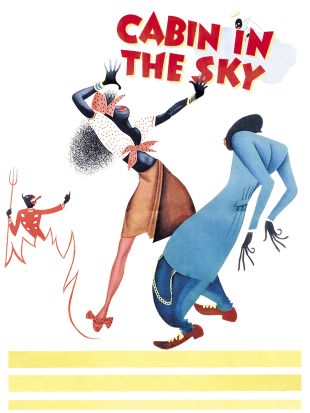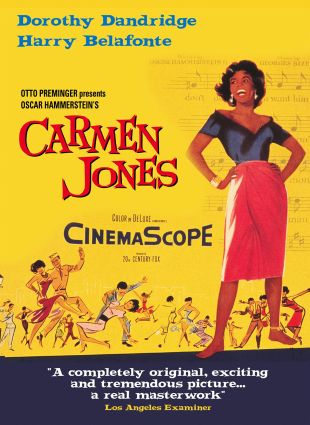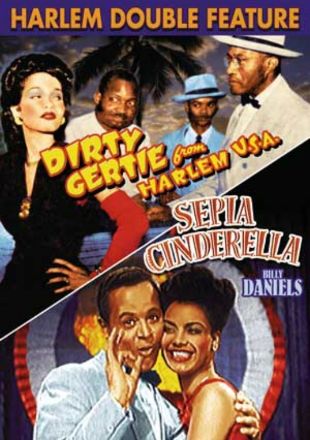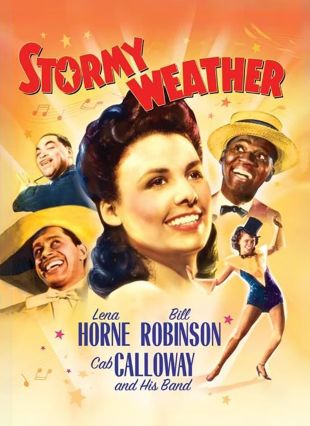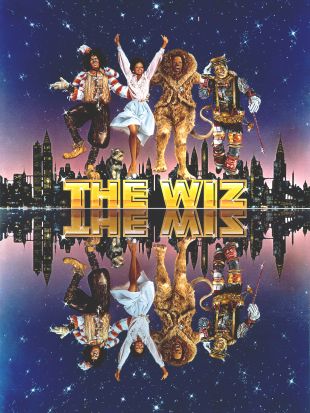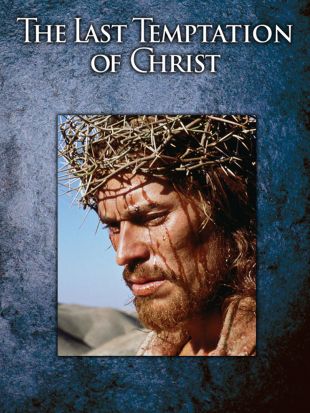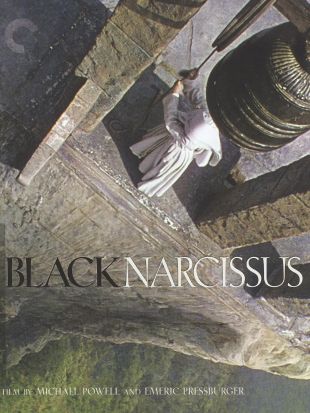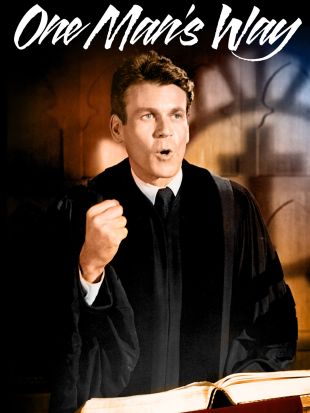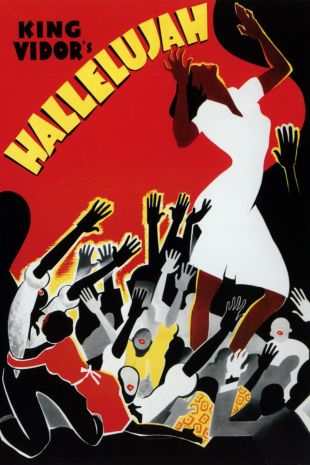
Hallelujah (1929)
Directed by King Vidor
Genres - Drama, Spirituality & Philosophy, Romance, Musical, Music |
Sub-Genres - Melodrama, Religious Drama |
Run Time - 100 min. |
Countries - United States |
MPAA Rating - NR
Share on
Synopsis by Hal Erickson
Hallelujah! was, for its time, an impressive achievement. Director King Vidor, anxious to make a "personal" project for the impersonal MGM studios, proposed to film a spiritual story set in the deep South with blacks as the main characters. The Texas-born Vidor was familiar with certain particulars of African-American life, having witnessed the mass baptisms and religious ceremonies of the employees of his father's lumber mills. MGM, concerned that it would lose the "bigot trade," balked until Vidor offered to direct Hallelujah without salary. The decision to film on location was problematic: talking pictures had just come in, and the existing equipment was not ideally suited for exterior scenes. Vidor elected to film most of the picture silent, then post-dub the sound once he returned to the studio; with very few exceptions, the resulting synchronization (a "maddening" process, according to Vidor) was quite convincing. The plot may seem a trifle condescending in the light of heightened racial sensitivities (even the director admitted this), but in 1929 it was considered the ultimate in realism. Nina Mae McKinney plays a voluptuous young woman who disrupts the stability of a black sharecroppers' community. Daniel L. Haynes co-stars as an impressionable young man who is moved to manslaughter for the sake of McKinney. He is saved from himself when he embraces religion (hence the title). True to MGM's predictions, Hallelujah ran into resistance from southern exhibitors (and not a few northern ones), who were fearful that "too many" blacks would be attracted to their theatres. This problem was solved by a loose network of independent exhibitors who were willing to give the film a try; once the big-time theatre chain owners realized that the film would draw a mixed, rather than exclusively black, clientele, they were more receptive to the film. Still, Hallelujah was more a critical than a financial success.
Characteristics
Moods
Themes
Keywords
bishop, cotton, love, music, religion, temptation, tragic-love
Attributes
High Historical Importance
